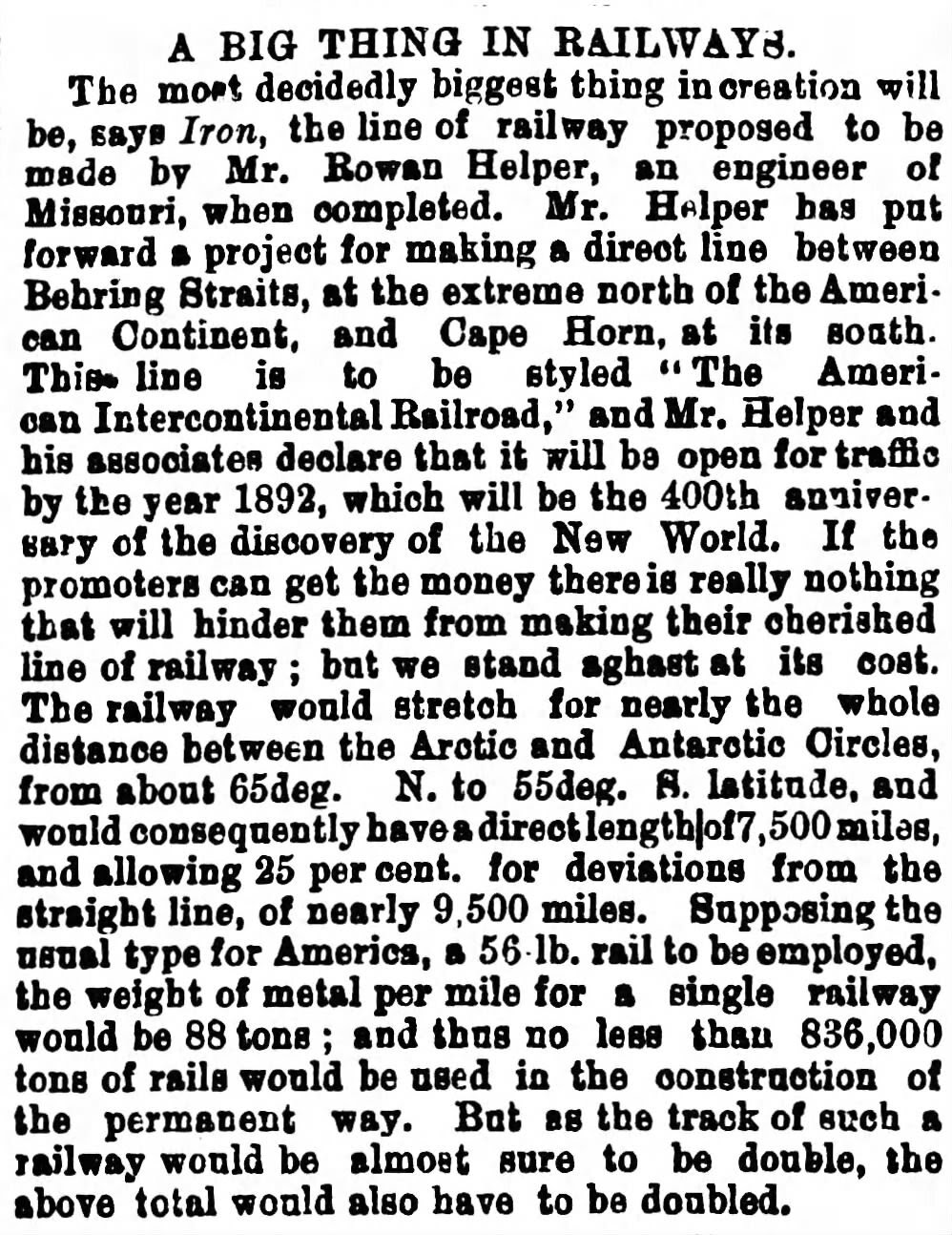
19 Apr FAMILY HISTORY Newsletter- April 22, 2023
Contents
- 1 FAMILY HISTORY- THE INTER-CONTINENTAL TRAIN FROM PARIS TO NEW YORK WILL FINALLY PUT FORT NELSON ON THE MAP!
- 2 FAMILY HISTORY- FIND OUT IF YOUR ANCESTORS ARE AMONG THESE 19TH-CENTURY SILHOUETTES IN THIS NEWLY DIGITIZED COLLECTION
- 3 FAMILY HISTORY- THE MESSES WE LEAVE BEHIND
- 4 FAMILY HISTORY- IN OUR CONTINUING SERIES ABOUT ANOTHER WEALTHY PERSON YOU PROBABLY NEVER KNEW EXISTED
- 5 FAMILY HISTORY- A LOT OF PEOPLE SHOULD BE HUMMING “DOWN BY THE RIVERSIDE”
- 6 FAMILY HISTORY- BEACHFRONT PROPERTY IN DALLAS, TEXAS!
- 7 FAMILY HISTORY- FINALLY A GENEALOGICAL MYSTERY BY A MAJOR AUTHOR
- 8 FAMILY HISTORY- YOUR ANCESTORS ARE WAITING TO BE DISCOVERED!
 FAMILY HISTORY- THE INTER-CONTINENTAL TRAIN FROM PARIS TO NEW YORK WILL FINALLY PUT FORT NELSON ON THE MAP!
FAMILY HISTORY- THE INTER-CONTINENTAL TRAIN FROM PARIS TO NEW YORK WILL FINALLY PUT FORT NELSON ON THE MAP!
Snowpiercer is a fictional train, its 1,001 cars carrying humanity’s last survivors as it endlessly loops a frozen Earth. Shown on this map, the InterContinental Railway (ICR for short) doesn’t quite go all the way around — but then again, it isn’t entirely as fictional.
The Snowpiercer movie and series were based on Le Transperceneige, a French graphic novel from 1982. On the other hand, the ICR is being proposed by engineers and entrepreneurs who believe it can and should become a reality.
You can ride a train from New York to Paris or Vladivostok to El Paso if it does. The ICR would hopefully create the physical conditions for centuries of “peace, progress, and prosperity,” as the project developers’ prospectus promises.
The ICR proposal predates the current war in Ukraine and Russia’s consequent geopolitical isolation from Europe and North America by a few years. Those circumstances would have to change drastically for such a plan to be seriously considered by all parties involved.
But even if a few years down the line, Russians, Americans, and Europeans were on the same page again, and this plan was approved, the logistics still would be phenomenally daunting.
For starters, the ICR would need nearly 5,500 miles (8,850 km) of an entirely new railroad (the dotted lines on the map) from Yakutsk in eastern Siberia to Fort Nelson in northwestern Canada. And crossing the Bering Strait would involve building the world’s longest railway tunnel, 70 miles (113 km) long.
That’s more than double the length of the Seikan Tunnel connecting the Japanese islands of Honshu and Hokkaido, which at 33.5 miles (54 km), is currently the world’s longest underwater rail tunnel.
It would have to be built under adverse conditions, too. Construction in the harsh near-Arctic climate can only occur in the annual four-month warm weather window, and almost anything and anyone needed to dig the tunnel must be shipped in from very far away.
On the other hand, the developers say the local geology means that the Bering Strait Tunnel would be “easier to construct than English Channel Tunnel.” Another bit of luck: the ventilation shafts needed for a tunnel of this length could conveniently be placed on the Diomede Islands, almost exactly halfway in the Bering Strait. (Big Diomede is Russia’s easternmost territory; Little Diomede is a few miles away and part of the U.S.)
The price tag for the entire project would be more than $100 billion. Still, that’s “less than the investment in the temporary International Space Station,” the project developers say. Plus, “[those] costs can be spread over the 100-to-200-year lifetime of the infrastructure assets.” But mainly, the ICR “creates an opportunity for peaceful cooperation between the U.S., Canada, Russia, China,” and other countries and will “stimulate global economic activity over the next 100 to 200 years.”
The ICR could carry as much as 100 million gross tons (MGT) of goods across the Bering Strait annually, equivalent to about 3% of global trade. And it could do so in less than half the time, and with considerable cost savings, by eliminating two port transfers for the goods involved.
The ICR would boost trade between Canada and the U.S. on one side of the Bering, along with Russia, China, and Europe on the other. In addition, additional rail links could integrate markets further afield, including Mexico and Korea. Last but not least, transport via the electrified railroad would eliminate a lot of CO2 emissions caused by ocean shipping.
All in all, it’s a great idea, but it is unlikely to survive in contact with reality, at least for the foreseeable future. Just one example: Russian rail operates on a broader gauge (4 ft, 11.8 in or 1520 mm) than its counterparts in Europe and North America, which use the standard gauge (4 ft, 8.5 in or 1435 mm). Interestingly, this is by design rather than accident: The gauge difference is meant to obstruct any invasion of Russia by rail.
Overcoming this issue would mean building dual-gauge tracks or wheel gauge-changing technology at a considerable cost in money and convenience. Unfortunately, many would see such a move as a geopolitical threat rather than an economic opportunity. It may be a while before that changes. So it seems that for a few more years at least, the ICR will keep Snowpiercer company in the realm of fictional trains.
Excerpts, courtesy of Big Think
 FAMILY HISTORY- FIND OUT IF YOUR ANCESTORS ARE AMONG THESE 19TH-CENTURY SILHOUETTES IN THIS NEWLY DIGITIZED COLLECTION
FAMILY HISTORY- FIND OUT IF YOUR ANCESTORS ARE AMONG THESE 19TH-CENTURY SILHOUETTES IN THIS NEWLY DIGITIZED COLLECTION
The itinerant artist William Bache’s portraits are contaminated by arsenic, but now the National Portrait Gallery offers easy access
Before selfies, there were shadow pictures. These miniature profile portraits, popularly known as silhouettes, became all the rage in early 19th-century America. Silhouettes were inexpensive, quickly rendered and accurate likenesses that democratized portraiture.
The Smithsonian’s National Portrait Gallery has launched a microsite to open up access to a treasure trove of more than 1,800 cut-paper silhouette busts on family history.
I didn’t have time yet to go through the 73 pages, so I used the one above of William Nelson, who is not a relative, but if I had a ponytail, pretty sure I would use that ribbon.
Here is the full article:
https://www.smithsonianmag.com/smithsonian-institution/find-out-if-your-ancestor-is-among-these-19th-century-silhouettes-in-this-newly-digitized-collection-180981947/
 FAMILY HISTORY- THE MESSES WE LEAVE BEHIND
FAMILY HISTORY- THE MESSES WE LEAVE BEHIND
I got an inquiry from a development firm to see if we could find the descendants of the owner of an abandoned cemetery in Atlanta, where the deed was recorded in the 1920s. The goal is to purchase the lot as part of a much larger development.
They gave me the name of the deeded owner. I found that he (picture to the left) had died in 1940, at 90, with an estate of around $250,000 ($5.3 million in 2023).
He was childless. He had married some 15 days earlier a lady over 50 years younger than him. After a Florida honeymoon, he came home to Atlanta and died. The death certificate said he died from an intestinal obstruction.
His nieces and nephews found his marriage and death suspicious and challenged her assumption of heirship. They used words to describe what would be considered a golddigger. We’re still working on the family history to find out who ended up with the estate.
 FAMILY HISTORY- IN OUR CONTINUING SERIES ABOUT ANOTHER WEALTHY PERSON YOU PROBABLY NEVER KNEW EXISTED
FAMILY HISTORY- IN OUR CONTINUING SERIES ABOUT ANOTHER WEALTHY PERSON YOU PROBABLY NEVER KNEW EXISTED
James Graham Fair (December 3, 1831 – December 28, 1894) was an Irish immigrant to the United States who became a highly successful mining engineer and businessman. His investments in silver mines in Nevada made him a millionaire, and he was one of the famous “silver kings” who became wealthy on the Comstock Lode. Fair later became a real estate investor and railroad builder in California. In 1881, he was elected a United States Senator from Nevada. Nearly all other major so-called robber barons were Protestants (Episcopal or Presbyterian) while Fair himself was a Roman Catholic born into poverty.
Here are a few interesting tidbits from his biography: He was not well-liked and carried the nickname “Slippery Jim.” In 1861, Fair married Theresa Rooney, who had been keeping a boarding house. She divorced him in 1883 for “habitual adultery” and brought up their four children independently, with a very considerable settlement.
In 1890, his eldest daughter “Tessie” was married to Hermann Oelrichs of Norddeutsche Lloyd shipping lines in the grandest wedding that San Francisco had seen. Fair remained in his hotel suite without an invitation. He gave Tessie a million dollars as a wedding gift nonetheless.
His will gave $40 million in trust to his two daughters, Mrs. Hermann Oelrichs and Virginia Graham Fair (who later married William Kissam Vanderbilt II). His surviving son, Charles Lewis Fair, died in a car accident in France on August 14, 1902, at age 35, having been disinherited by his father, not a good part of the family history.
After Fair’s death, Mrs. Nettie Cravens claimed to be his wife. She presented her evidence to a court at the trial but lost the case. She moved to Iowa and lived in obscurity, spending her last days in a mental institution. Later, women’s rights advocate Phoebe Couzins also claimed a relationship with Fair.
The Fairmont San Francisco hotel was built as a grand monument to Fair by his daughters Theresa Fair Oelrichs and Virginia Fair Vanderbilt, who named it in honor of their father. Construction began in 1902, but they sold their interests in 1906, days before the 1906 San Francisco earthquake.
 FAMILY HISTORY- A LOT OF PEOPLE SHOULD BE HUMMING “DOWN BY THE RIVERSIDE”
FAMILY HISTORY- A LOT OF PEOPLE SHOULD BE HUMMING “DOWN BY THE RIVERSIDE”
In the last edition, we discussed how the same city name brings to mind different places depending on where you live: https://dancestorsgenealogy.com/newsletter-april-8-2023/
It turns out that there are only four states that don’t have a community named Riverside.
It’s not uncommon to visit another state and learn it has a town bearing the same name as a town in your state.
Take, for example, Springfield, Illinois. If you visit Missouri, you’ll also find a Springfield. If you love Cleveland, Ohio, you may also love the Village of Cleveland in Wisconsin — though it is vastly smaller.
Maybe you’re a history buff and prefer more presidential cities.
Presidents George Washington and James Madison have the most cities named after them at 27, according to the U.S. Postal Service. And though he was never president, Founding Father Benjamin Franklin’s name is the most prevalent as a city at 28.
Yet the most common name for a U.S. town isn’t named after anyone. It’s more about the geography of the region.
In all but four states, you’ll find a city or town, village or neighborhood named “Riverside,” data from the U.S. Geological Survey reports. In some states, you’ll find more than one community named for its location along the riverbanks.
Nowhere is it more prevalent than in Georgia, home to 10 different communities named Riverside, including two in the same county. Virginia, home to seven Riverside communities, has two occurrences within the same county.
A handful of states — New Mexico, Tennessee, Utah, and West Virginia — are home to five Riversides.
The four states that don’t have a Riverside? Alaska, Hawaii, Louisiana, and Oklahoma. If you look at your family history did any of your relatives live in Riverside.

FAMILY HISTORY- BEACHFRONT PROPERTY IN DALLAS, TEXAS!
We took the grandkids over spring break to see an exhibition about dinosaurs. I learned that DFW used to be coastal. It was eastward facing towards the ocean a bajillion years ago, and at another time, it was westward facing, so you could have sunrise or sunset!
 FAMILY HISTORY- FINALLY A GENEALOGICAL MYSTERY BY A MAJOR AUTHOR
FAMILY HISTORY- FINALLY A GENEALOGICAL MYSTERY BY A MAJOR AUTHOR
“Suddenly, a DNA match on an online ancestry database brings Wilde closer to his past than he’s ever dreamed, and finally gives Wilde the opening he needs to track down his father. But meeting the man brings up more questions than answers. So Wilde reaches out to his last, most desperate lead, a second cousin who disappears as quickly as he resurfaces, having experienced an epic fall from grace that can only be described as a waking nightmare.” How does this compare t your family history?
The detail is pretty good, with only one unlikely methodology that could have been overcome with a little more story, but I doubt Harlan will call me for his next forensic thriller.
 FAMILY HISTORY- YOUR ANCESTORS ARE WAITING TO BE DISCOVERED!
FAMILY HISTORY- YOUR ANCESTORS ARE WAITING TO BE DISCOVERED!
Reach out to Dancestors and let us research, discover, and preserve your family history. No one is getting any younger, and stories disappear from memory every year and eventually from our potential ability to find them, and losing your family history. Paper gets thrown in the trash; books survive! So do not hesitate and call me @ 214-914-3598.


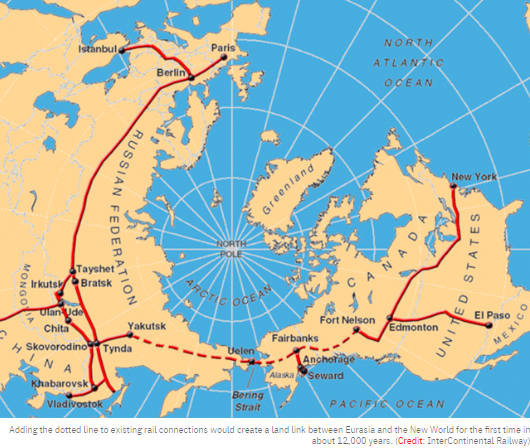 FAMILY HISTORY- THE INTER-CONTINENTAL TRAIN FROM PARIS TO NEW YORK WILL FINALLY PUT FORT NELSON ON THE MAP!
FAMILY HISTORY- THE INTER-CONTINENTAL TRAIN FROM PARIS TO NEW YORK WILL FINALLY PUT FORT NELSON ON THE MAP! FAMILY HISTORY- FIND OUT IF YOUR ANCESTORS ARE AMONG THESE 19TH-CENTURY SILHOUETTES IN THIS NEWLY DIGITIZED COLLECTION
FAMILY HISTORY- FIND OUT IF YOUR ANCESTORS ARE AMONG THESE 19TH-CENTURY SILHOUETTES IN THIS NEWLY DIGITIZED COLLECTION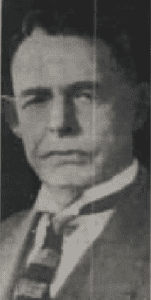 FAMILY HISTORY- THE MESSES WE LEAVE BEHIND
FAMILY HISTORY- THE MESSES WE LEAVE BEHIND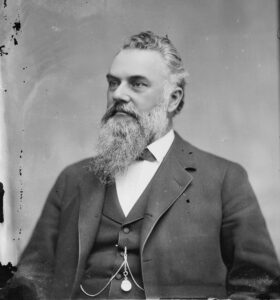 FAMILY HISTORY- IN OUR CONTINUING SERIES ABOUT ANOTHER WEALTHY PERSON YOU PROBABLY NEVER KNEW EXISTED
FAMILY HISTORY- IN OUR CONTINUING SERIES ABOUT ANOTHER WEALTHY PERSON YOU PROBABLY NEVER KNEW EXISTED

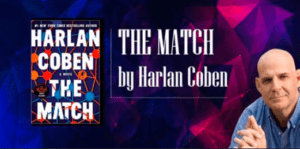 FAMILY HISTORY- FINALLY A GENEALOGICAL MYSTERY BY A MAJOR AUTHOR
FAMILY HISTORY- FINALLY A GENEALOGICAL MYSTERY BY A MAJOR AUTHOR FAMILY HISTORY- YOUR ANCESTORS ARE WAITING TO BE DISCOVERED!
FAMILY HISTORY- YOUR ANCESTORS ARE WAITING TO BE DISCOVERED!